A Stargazer's Guide to the Leonids Meteor Shower: When It Will Peak and How to Watch the Fireballs
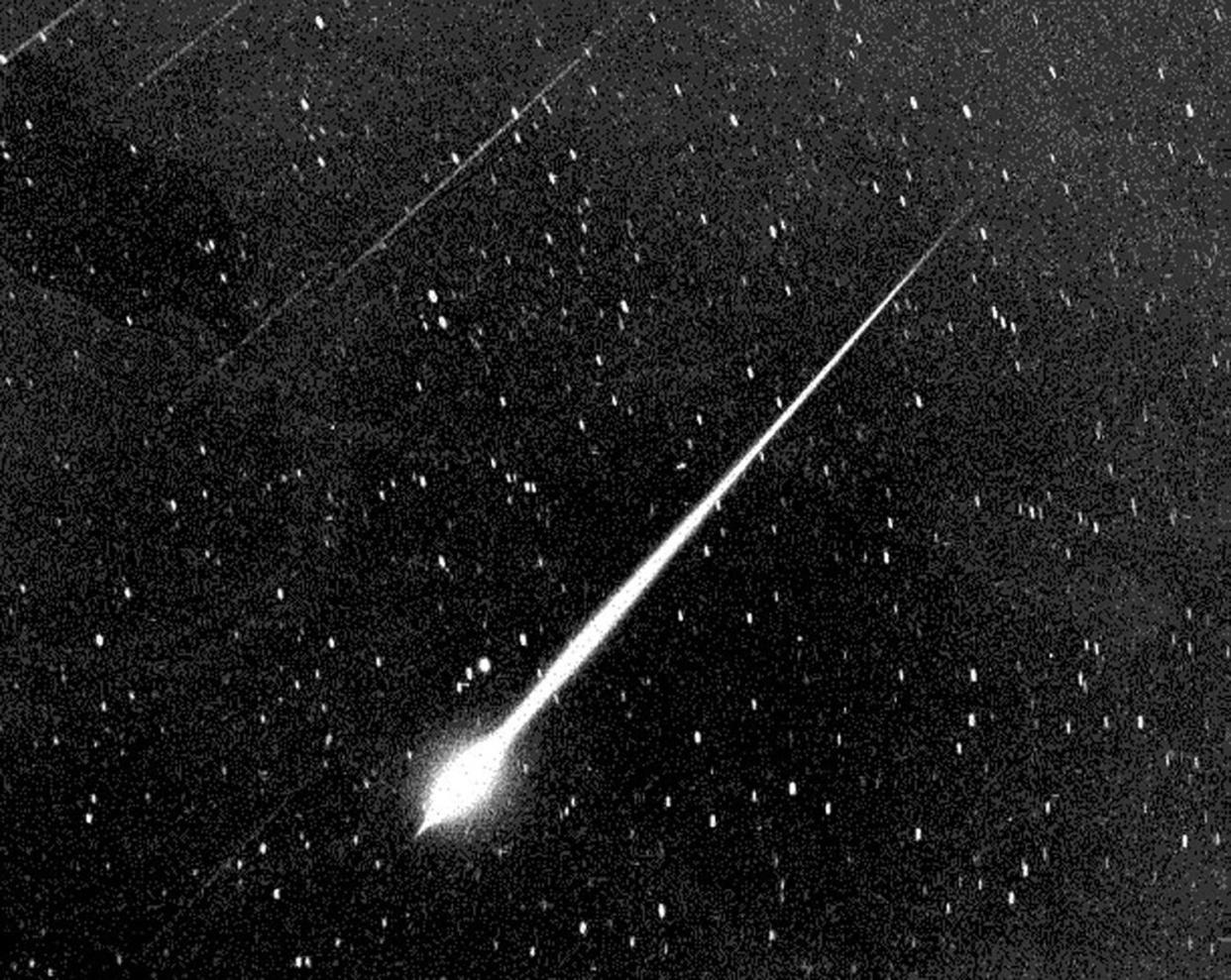
getty
It's meteor shower hour!
The Leonid meteor shower is expected to peak late night on Nov. 16 and Nov. 17 early morning, but will remain active through Nov. 30.
Stargazers can expect a spectacular scene of shooting stars because the Leonids are historically known for their meteor storms rather than showers which can produce at least 1,000 meteors per hour.
During a 1966 Leonid storm, viewers claimed "thousands of meteors per minute fell through Earth's atmosphere during a 15 minute period," recorded by NASA. "There were so many meteors seen that they appeared to fall like rain." The last Leonid storm that took place was in 2002 and is said to occur roughly every 33 years. (If you're anything like us, your calendar is already marked for 2035.)
RELATED: Harvest Moon 2021: See Photos of the September Spectacular Around the World
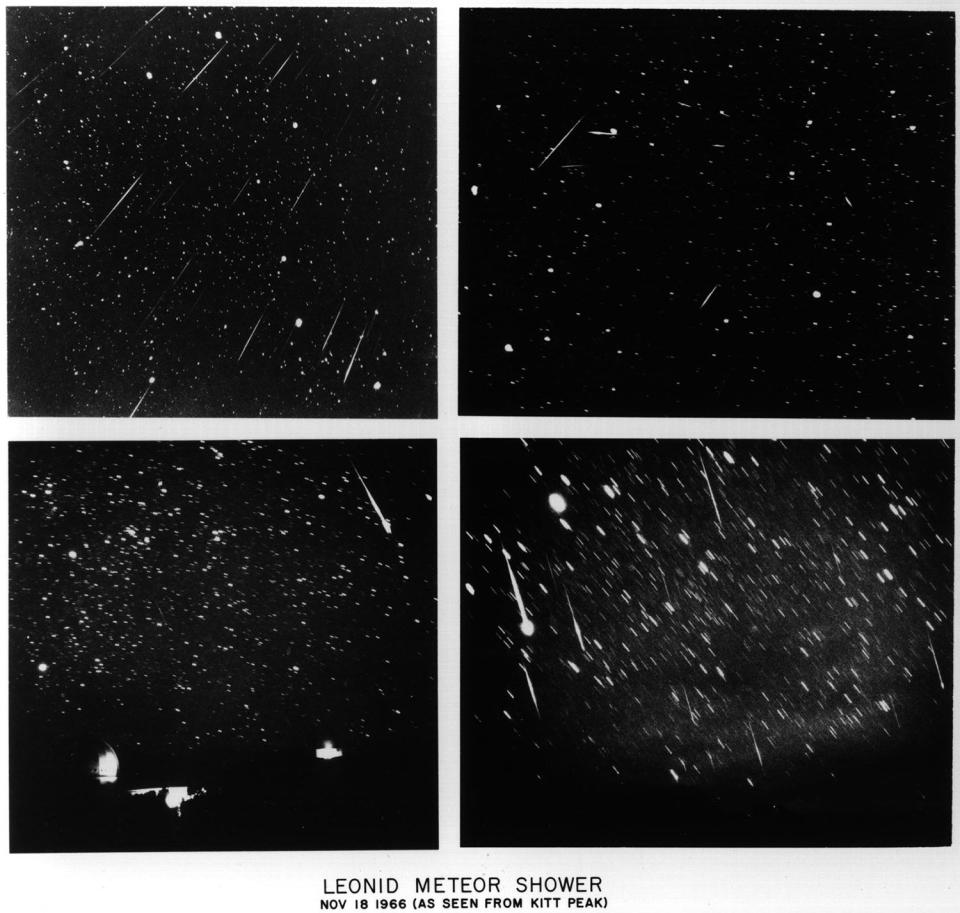
getty
Although a storm spectacle is unlikely to be in effect this year, star searchers can still expect to witness approximately 15 meteors per hour that shoot as fast as 44 miles per second. The Leonids are considered some of the fastest meteors out there, so try not to blink!
They are also known for their bluish-white hues, earthgrazers – and yes, fireballs. Earthgrazers are meteors that have long, colorful tails and fly especially close to the horizon. Fireballs are grander explosions of light that last longer than an average meteor since they derive from larger particles of cometary material.
RELATED: NASA Will Test 'Planetary Defense' System by Shooting a Rocket at an Asteroid
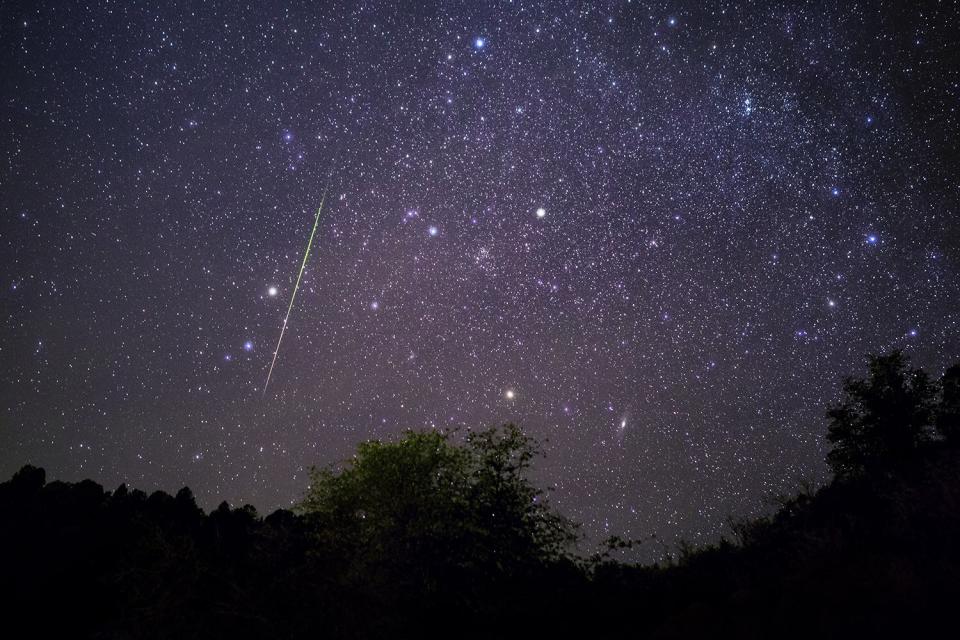
getty
How can you watch the meteor shower show? NASA suggests the following: First, appropriately prepare yourself for the temperatures and conditions with sleeping bags, blankets, and chairs. Then, head outside 30 minutes before midnight to give your eyes a chance to adjust to the dark (find a spot farthest away from light for the best view). Angle yourself with your feet facing east, look up, and take in as much of the sky as possible. Patience is key, as you'll have until dawn to catch a glimpse.
Stargazers will have to contend with a waxing gibbous moon, which will interfere with viewing because it brightens the sky. Fortunately, it shouldn't cause too much of a problem, only washing out the fainter meteors.
RELATED: Straight Out of Armageddon: NASA Tests Asteroid Impact Before Crashing Spacecraft Into One
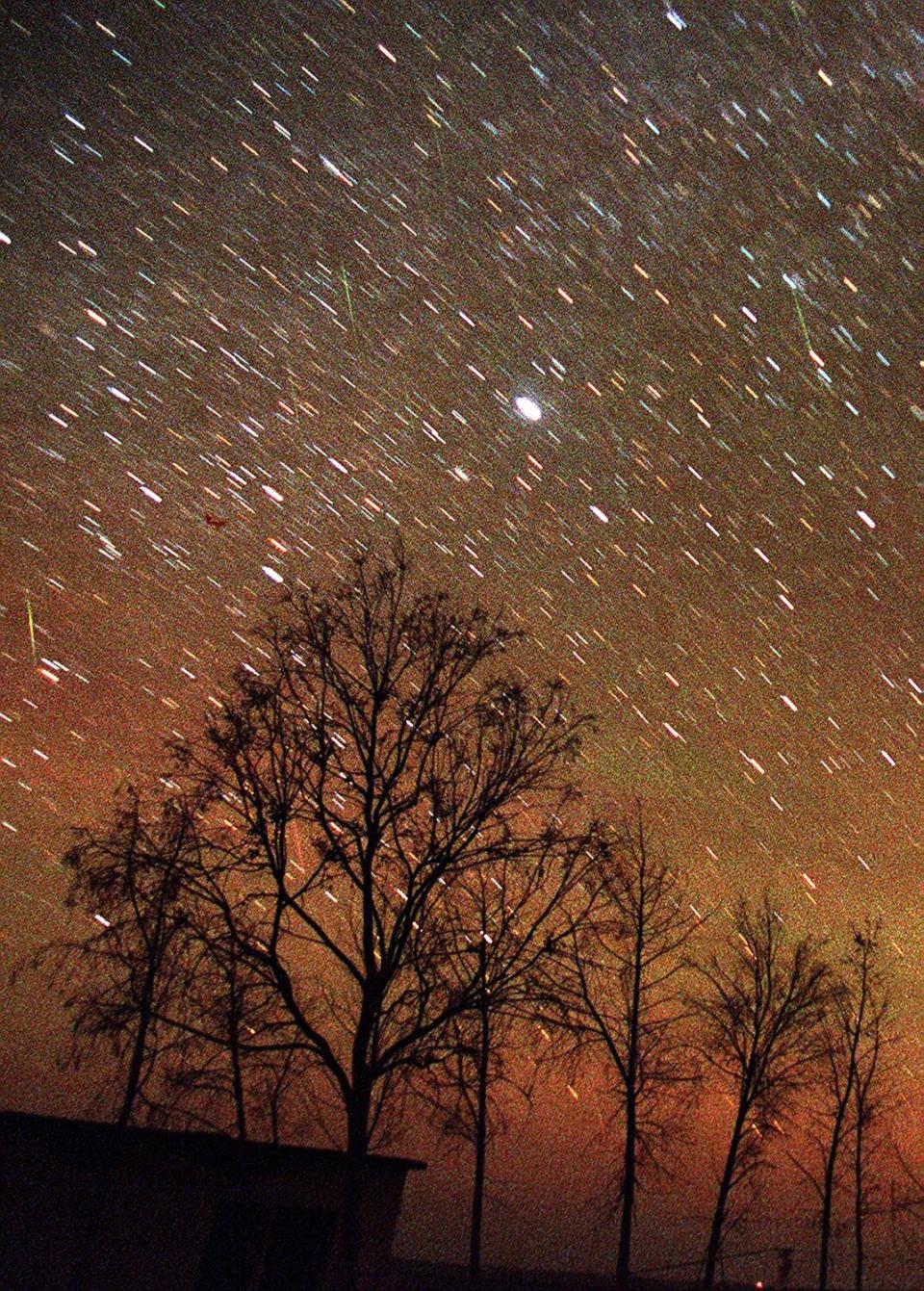
getty
Although viewers can spot the flying stars from all over the night sky, it can be helpful to locate the originating point from which they shoot. The Leonids come from the Leo the Lion constellation because these meteors "radiate outward from the vicinity of stars representing the Lion's Mane," according to EarthSky.org. They tend to stream from the star Algieba within the Leo cluster. "The point in the sky from which they appear to radiate is the radiant point," the publication added.
The source of the Leonid meteor shower is Comet 55P/Tempel-Tuttle, "which is falling apart as it makes periodic runs around the sun and its ices melt from the heat," according to Space.com. "As Earth plows through the vast number of particles it leaves behind, meteors streak through the atmosphere."
RELATED: Ingenuity Helicopter Takes First Aerial Color Photos of Mars: 'That's Why We're Here'
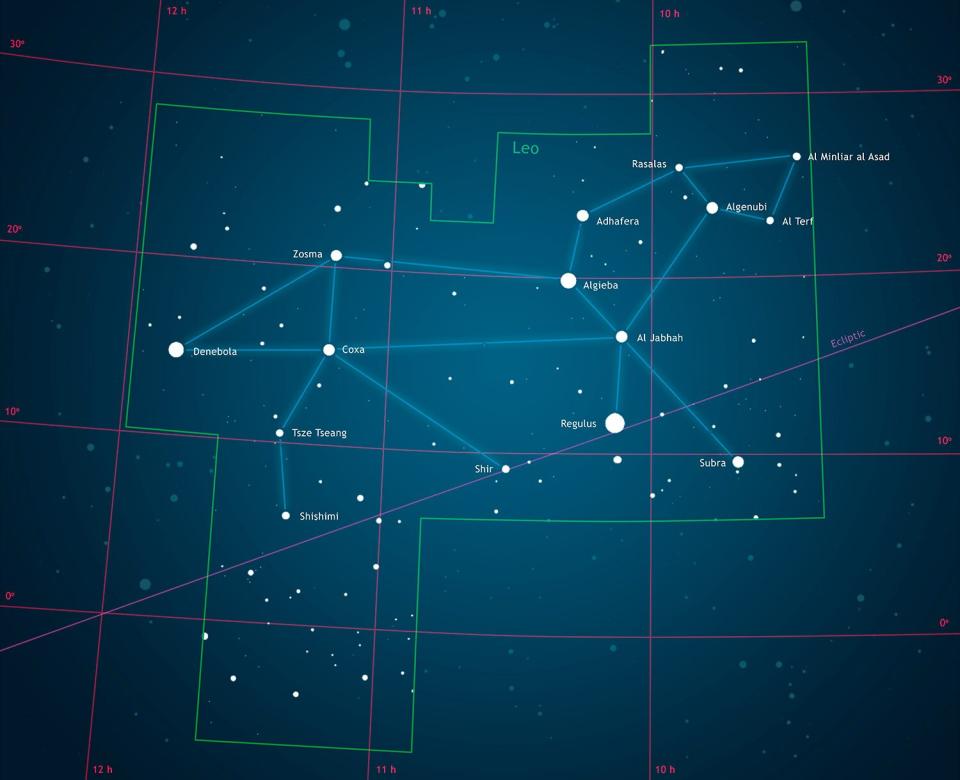
getty
November surely gets its fix of astronomical activity, between meteor showers and moon phases. The Taurid meteor shower took place at the beginning of the month, while the partial lunar eclipse will unfold over the North American sky on Nov. 19.
October saw the Draconids and Orionids meteor showers. The Draconids were, unfortunately, difficult to view due to a thick layer of clouds, while the Orionids were drowned out by the Hunter's Moon.

 Yahoo News
Yahoo News 
